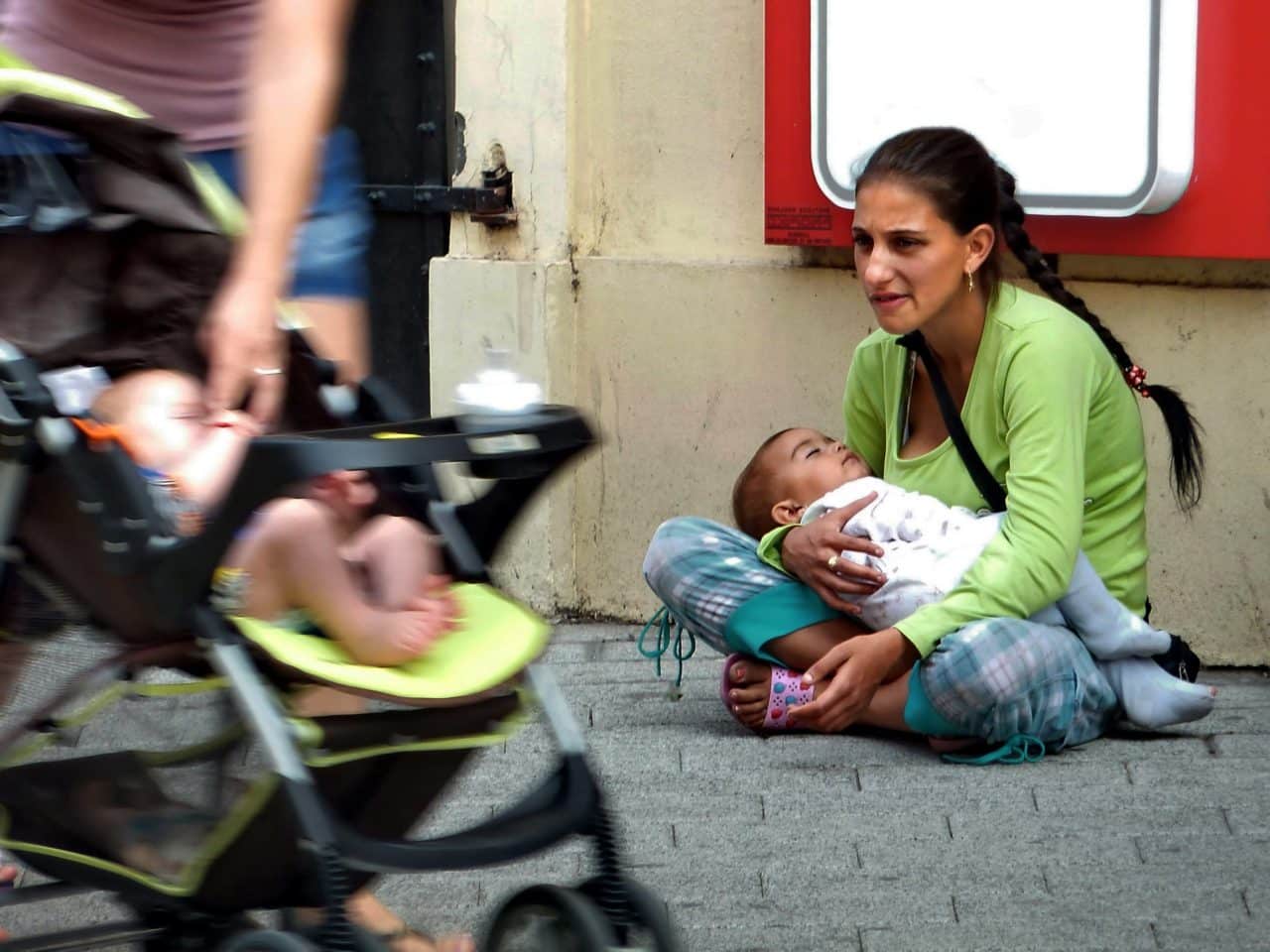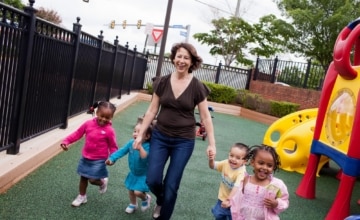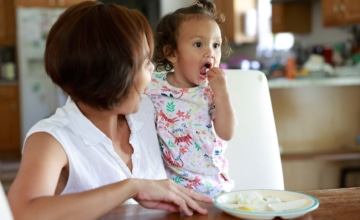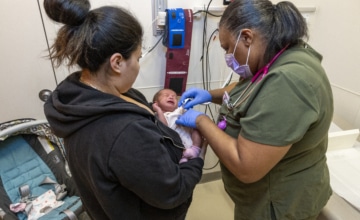Stefanie Powers, Editor
At any age or stage of life, homelessness brings a host of risks and vulnerabilities to affected individuals, but infants and toddlers are of particular concern. Inadequate and unstable housing is linked to health, developmental, and emotional problems, and children who lack a stable home environment are also often lacking in other basic needs and experience additional risk factors. We explore these topics in this issue of the Journal in collaboration with guest editor Grace Whitney, who is the director of Early Childhood Initiatives at SchoolHouse Connection and the former director of Connecticut’s Head Start State Collaboration Office. Over the course of her 45-year career, Dr. Whitney has worked in a variety of contexts involving children without homes, and she graciously devoted her impressive wealth of knowledge and expertise to all levels of the planning, writing, and editing of the articles in this issue.
Stefanie Powers, Editor spowers@zerotothree.org
On my refrigerator is a photo of my parents’ kitchen which still brings a visceral sense of belonging, of safety, of respite, and of hope. One’s personal sense of home is etched early into the architecture of the brain, along with the deeply felt sense of security and belonging, or the lack of thereof. Homelessness stands in stark contrast to the image of home as refuge and safety, yet resources for families can be scarce and inadequate. From the perspective of the baby, it is vital to move away from definitions of homelessness that are based on shifting funding priorities and embrace a deeper understanding of homelessness as defined by how a child’s environment provides, or fails to provide, the stable and nurturing home and relationships that are necessary to thrive.
In this issue, contributors explore how they are working to improve the experiences of families living in circumstances void of safe, stable, and adequate housing, thus thwarting their ability to create a sense of home for their young children. The authors describe a range of approaches being used to create networks of protective factors through partnerships, policies, and practices, primarily in public shelters, but these same protective networks are necessary for young children sleeping in cars and tents; on couches, floors, and sidewalks; amidst chaos and constant change; and with others who pose threats to their safety.
The articles in this Journal issue are dedicated to the late Dr. Staci Perlman, a colleague to many of the contributors, a creative scholar, an educator of many, and a gentle but fierce advocate for babies experiencing homelessness. Her mantra of “Yay Babies” was like a crusade, a reminder to approach our work through the eyes of the babies, to think about homelessness from their perspective right now and for how it will impact them later. Her laugh was as infectious as her passion. This issue is in part her continuing legacy.
Taken together, these articles demonstrate the need to take an ecological approach and to consider the complexity of the challenge, and collectively they offer myriad possibilities. May the issue inspire you to see the babies and to better understand and address their needs. Create that “picture on the fridge” in the brain architecture and sensory system of every infant and toddler whose lives you touch. Build the village. Yay babies!
Grace Whitney, Guest Editor grace@schoolhouseconnection.org
The views expressed in this material represent the opinions of the respective authors and are intended for education and training to help promote a high standard of care by professionals. Publication of this material does not constitute an endorsement by ZERO TO THREE of any view expressed herein, and ZERO TO THREE expressly disclaims any liability arising from any inaccuracy or misstatement, or from use of this material in contravention of rules, regulations, or licensing requirements.




